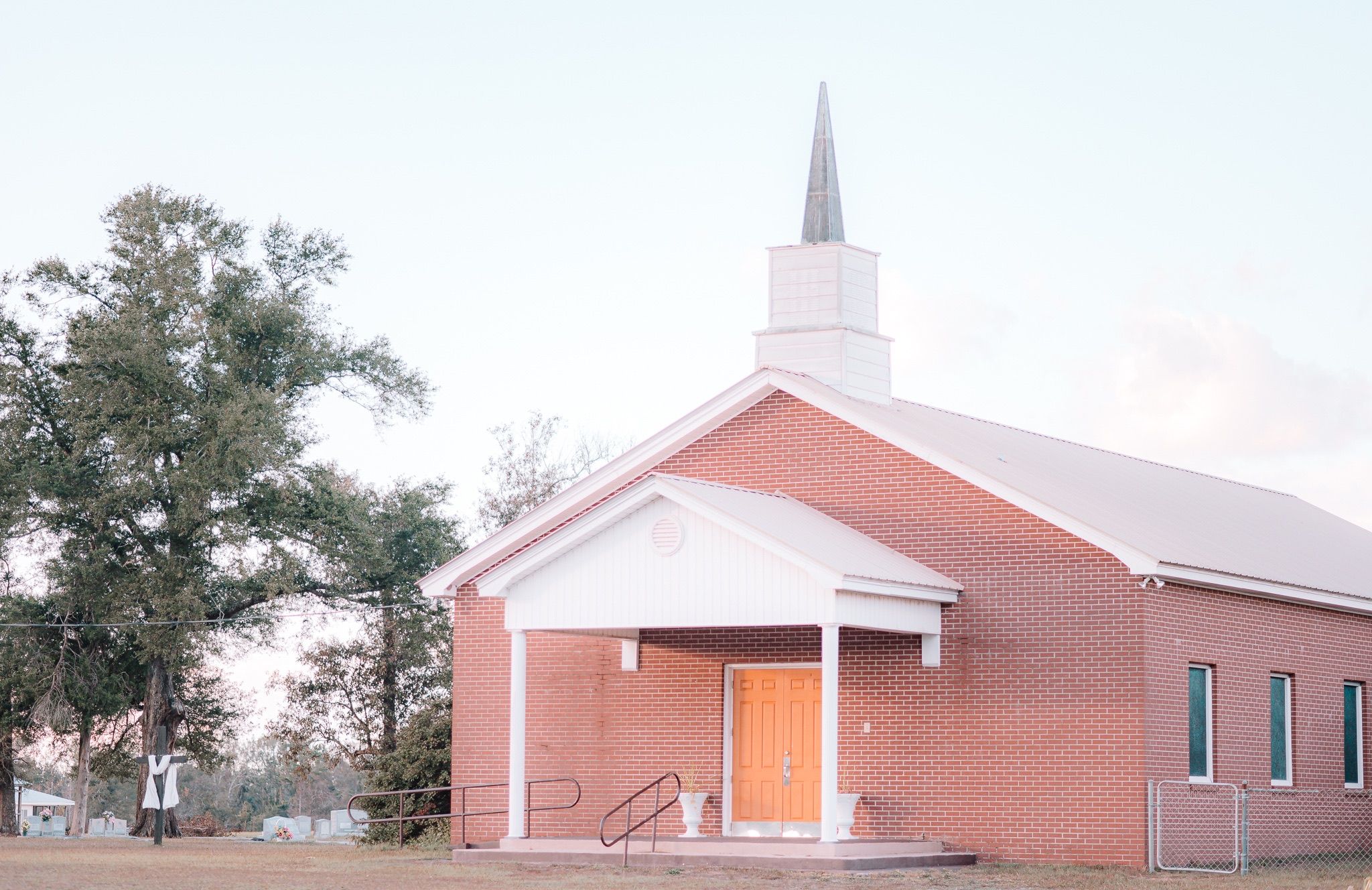Spiritually and Organizationally Healthy
What Measures a Healthy Church?
When someone says, “We have a pretty healthy church,” what do they mean? For some, this could mean they have an increasing average attendance in their weekly worship. For others, their finances are in pretty good shape and they have plenty of money to remain open. But if we think much deeper, and we look to the word of God, we will find that attendance and giving are not the only rubrics for church health.
And while attendance, finances, and facilities are important, we cannot use them alone to identify a healthy church. A church can have great attendance and wonderful giving, but be spiritually filled with sinful behavior, disunity, and immaturity. How, then, do we gauge what a healthy church looks like?
Spiritual Health vs. Organizational Health
In many of Paul’s epistles, he does not give advice on numerical change, suggest input on budget outflow, or concern himself with a church’s number of events and ministries. Although these things are important, Paul is much more concerned with the overall spiritual health of their congregation. In 2 Corinthians 13:11, Paul concludes his letter by saying, “Finally, brothers, rejoice. Aim for restoration, comfort one another, agree with one another, live in peace, and the God of love and peace will be with you.”
Again in Philippians 2:1-2, Paul says this: “So if there is any encouragement in Christ, any comfort from love, any participation in the Spirit, any affection and sympathy, complete my joy by being of the same mind, having the same love, being in full accord and of one mind.”
These scriptures, among several others, teach us that the spiritual markers of a church’s health are Love, Unity, and Maturity. Read the following passages of scripture, and evaluate their context: Romans 12:9-13, 1 Cor. 16:13, Galatians 6:1-5, Ephesians 4:1-7, 1 Thess. 4:9-12, Colossians 2:12-17. In these passages, Paul was not addressing one certain individual, but he was addressing the church as a whole. When writing his epistles to Corinth, Philippi, Colossae, or Ephesus, Paul wanted the church to be unified, loving, mature, and living holy lives for God’s glory.
If we evaluate Paul’s epistles, Jesus’ interaction with the Temple in Jerusalem (Matthew 21:12-16) or Jesus’ letters to the churches in Revelation 1-3, we find a common theme: Jesus cares deeply about the health of His church, and his concerns are primarily spiritual.
Should we just forget about attendance and giving?
While health concerns of a church are primarily spiritual, that does not mean that other factors are unhelpful to observe. Spiritual Health is of first importance, but Organizational Health is also helpful and necessary.
Organizational factors are unavoidable. If you are in a building, if you draw a salary, then you are in an institutional church. And if you want that organization to be healthy, there are different markers to help gauge that just like there are to the people of God inside the church. A church will have difficulty succeeding if they have troubles with their finances, attendance, or facilities.
Markers of Organizational Health
In Ep. 144 of the podcast, Jimbo and Bob talked about three major ways we can understand a church’s organizational health:
Decentralized Leadership means that the responsibility of leadership does not all rest on one person. The importance of team leadership is invaluable in a church setting. When leadership is done by a team, better accountability exists. Ideas are more thought-out and sustainable when working together to understand the best models for ministry. God can use different experiences, personalities, and leadership styles to move a church forward together.
Next, a church needs Dependable Resources. Having dependable resources means finances are reliable, vital staff members are paid well, facilities are dependable, and church policies and processes ensure that ministry runs effectively. In Revitalization, many churches get hung up on this particular topic. But, if spiritual health is the primary concern, the outflow will contribute to these factors as well. For example, if a church talks about the heart of giving, sacrifice, and ministry, they will contribute more to the kingdom of God. Or if a church captures the heart of evangelism and disciple-making, higher attendance is a result.
Lastly, a church needs De-Personified Alignment. This means that the mission, vision, and ministry philosophy does not all come from one person. When the whole church gets behind their mission, and they are unified in their ministry, they are much more likely to be about the work of the ministry. However, personality conflict with one leader can derail a church’s mission. They must be all together.
Both Trellis and Vine
When we talk about the health of a church, we have to ask the right questions: are we talking about the organization? Or are we talking about the body of believers? In organizational health, we must recognize some common concerns when the church is in decline. We have fewer in attendance, fewer people giving, and our facilities are falling apart. Some people might say, “Let’s just not worry about numbers.” Saying that would ignore very important aspects of organizational health. Why are we declining in attendance? This question must be asked.
The organization is only the scaffolding or trellis for the vine. While they are both important, spiritual health should drive organizational health, not vice versa. In a book called The Trellis and the Vine, Colin Marshall says,
“…most churches are a mixture of trellis and vine. The basic work of any Christian ministry is to preach the gospel of Jesus Christ in the power of God’s Spirit, and to see people converted, changed and grow to maturity in that gospel. That’s the work of planting, watering, fertilizing, and tending the vine. However…Christian ministries also need some structure and support. All christian churches, fellowships or ministries have some kind of trellis that gives shape and support to the work of the ministry. Management, finances, infrastructure, organization, and governance all become more important and more complex as the vine grows.”
Putting it All Together
We are responsible to steward well what we have been given. We can’t focus on one aspect of this to the neglect of the other. If we just focus on organizational health, the body will be there just to serve and sustain the organization. Unfortunately, that’s the attitude of a lot of dying churches. Their major concerns are those things. We also can not neglect organizational health and only focus on spiritual health. If we do this, we will have no structure, there will be confusion and chaos. Being a health and balanced church means that we are focused on both spiritual health and organizational health.
For more information on church health, see the following resources: Ep. 144 and Ep. 136 of the Replant Bootcamp Podcast. 12 Healthy Characteristics of a Healthy Church, a resource developed by Brian Nall in Pensacola Bay Baptist Association. Pick up Mark Dever’s well-known book on church health, or Bill Henard’s helpful book on understanding why churches decline. If you think your church is in danger of closing, take this church health assessment. This self-assessment is meant to help assist you in determining the current state of your local church. Another way to get started is by taking an introductory course that will help anyone understand what church replanting is and how it provides hope for dying churches.









